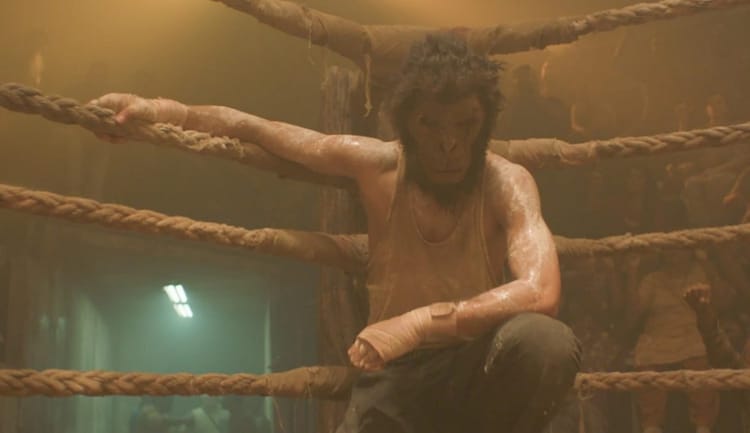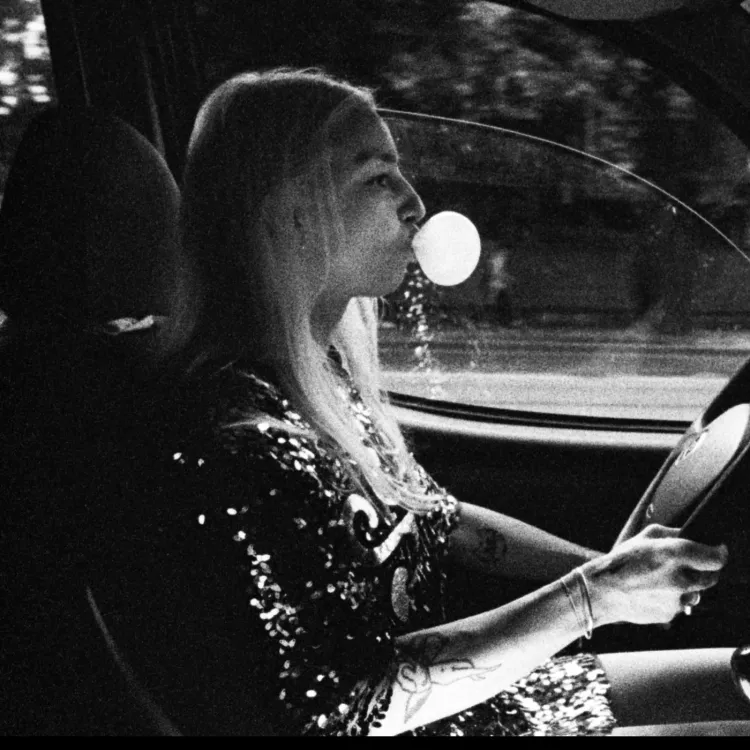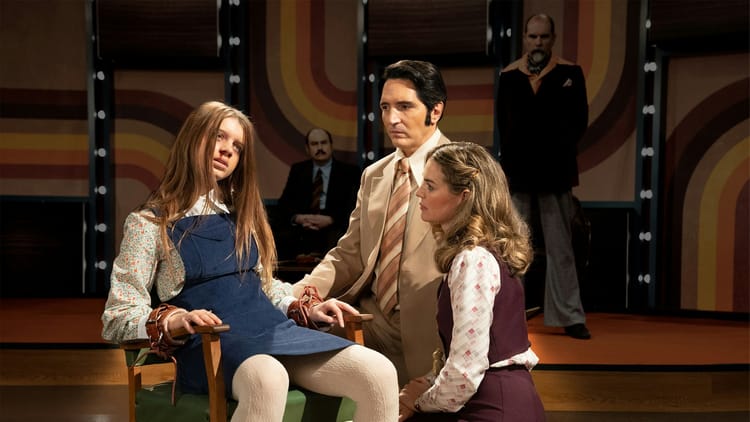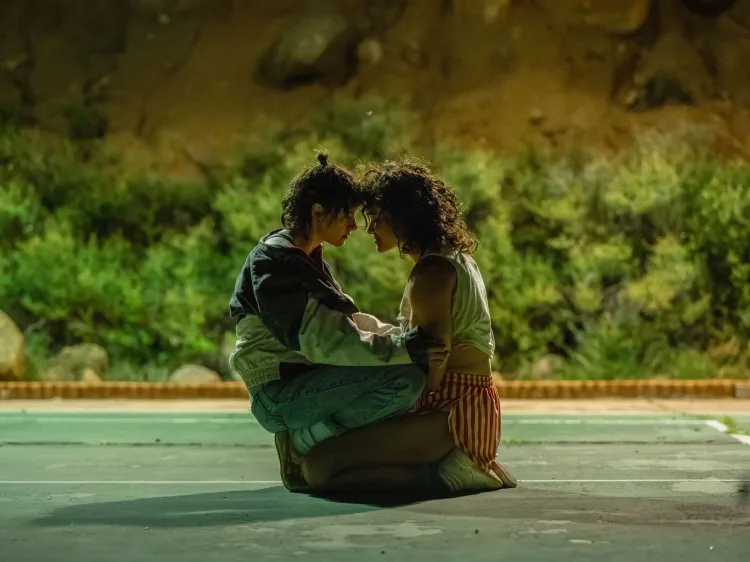Mission: Impossible - Dead Reckoning Part One

Tom Cruise was 34 when he first became Ethan Hunt for the first "Mission: Impossible" film in 1996. He is now 61. He has been doing death-defying stunts for two and a half decades, and if he doesn't retire after Part Two, there is a reasonable chance that he will perish filming one of these movies. I don't say that because of his age. I say that because with each film, Cruise is dead-set on outdoing his last physical performance, pushing his body to further and further extremes. And some may ask, and have asked me, to what end? Why would Cruise test his own mortality multiple times for just another action movie franchise?
I can't speak to whether you should be risking your life for your work, but I can correct one misconception: "Mission: Impossible" is not just another action movie franchise. I would say, with very little doubt in my mind, that it is the action movie franchise. It is the platonic ideal of the explosive action blockbuster franchise, because it is the most consistent one out there. Name any franchise of significant length and I can point you to their major missteps. The most debated "Mission: Impossible" film is its second, which stylistically is very unlike any of the other films, is just as entertaining thanks to the idiosyncrasies of John Woo. Even though it's unconventional, it's just as satisfying as the other entries, delivering on tight action, incredible stunts, nail-biting suspense, and a plot that doesn't get in the way.
Many directors have accepted the IMF's mission, to put their own spin on the series' tropes, rogueish antics, and signature action sequences. Ultimately though, the franchise is a vehicle for Hollywood's last movie star to do things that make insurance agents weep. Now, Christopher McQuarrie returns to the franchise for a third time, taking Cruise further than he's ever gone before, pushing him literally off a cliff while riding a motorbike.
Unsurprisingly, "Mission: Impossible - Dead Reckoning Part One" opens with Ethan Hunt, Tom Cruise's character, going rogue. This time, it's not to elude a sneering human mastermind that has plotted his downfall. Instead, Hunt rebels to escape an artificial intelligence nested deep in the global intelligence network intent on its own survival. The Entity, as the film calls it, is capable of plotting out all the outcomes, preserving itself in the face of any eventuality, or possibility. The only problem is that it is up against the impossible man, Ethan Hunt. And so begins the film's cat-and-mouse chase as the Entity enlists its proxy soldiers to chase down Ethan while he simultaneously evades the American agents who see him as a traitor. The plot itself is not that remarkable; many films before have explored sentient artificial intelligence turning against its masters. What makes "Dead Reckoning" feel fresh is its execution.
There are no less than five competing parties in "Dead Reckoning," each with their own allegiances and motivations. They weave in and out of each other, occasionally colliding at airports, four-way junctions, train cars. And each time, the stakes feel real and pronounced, not weighed down by clunky cinematography or obtuse CGI. The latter is what makes so much of modern action franchises feel samey and lacking any verve when we can see the strings attached to the green screen. Cruise's obsession with doing his own stunts isn't merely a vanity project; it has tangible effects on how we understand the action on screen.
Moreover, we don't get lost in the web of loyalties because there is a simple organizing principle overlaid atop the film's characters: order versus chaos. Prior films in the franchise have eluded to the archetypal powers of Ethan Hunt, with one film referring to him as the living manifestation of destiny. But in "Dead Reckoning," he is not fate personified. Instead, he is, as one intelligence operative calls him near the film's start, "a mind-reading, shape-shifting incarnation of chaos." And the Entity is his opposite. It is predictive, calculating, systematic. It is order, and Hunt is an existential threat. The other characters within the film fall along this spectrum of chaos and order: Grace (Haley Atwell) is a thief that plays by her own rules; Briggs and Degas (Shea Wigham and Greg Tarzan Davis) are the two Thompson-and-Thompson-esque American intelligence operatives following their orders to a T; The White Widow (Vanessa Kirby) wants a predictable system that grants her the most power. And then there's the film's primary antagonist, the smarmy, suave Gabriel (Esai Morales), described as the Entity's "dark messiah." In case the reference is too subtle, the entire film revolves around all parties trying to chase down a cruciform key, in the shape of a cross. The Entity is here to bless this muddled and confusing world with order, and Hunt is his antichrist.
It may seem a little bombastic but it's the natural direction for this franchise to go, especially as it approaches its zenith before Cruise inevitably retires. Because as much as he (and I) may loathe to admit it, Ethan Hunt's clock is ticking. There are only so many planes to jump out of, lovers to lose, bombs to stop before you've crossed over the mountain top. And unlike the world's most famous spy, James Bond, it won't be nearly as simple as replacing Cruise with another actor. Hunt and Cruise are intertwined. Unlike James Bond, Hunt's characteristics are harder to transplant across actors. The essence of Bond is elegance, style, charisma, hallmarks of the good British gentleman. Hunt is American exceptionalism made tangible through Cruise. Nobody but Hunt/Cruise knows what's best. And nobody but Hunt/Cruise can do what needs to be done. Now all that's left is to wait a year, and see what the pair do for their final trick.




